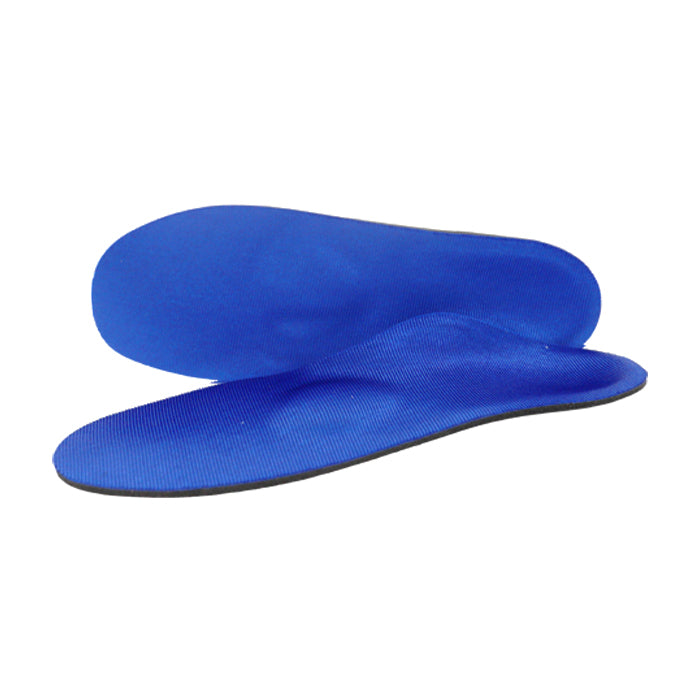Best Shoes for Hip Pain in 2022
 What is Hip Pain?
What is Hip Pain?
Sciatic Nerve Pain (Pirformis Syndrome)
Piriformis syndrome is a neuromuscular disorder that occurs when the sciatic nerve is compressed or otherwise irritated by the piriformis muscle causing pain, tingling and numbness in the buttocks and along the path of the sciatic nerve descending down the lower thigh and into the leg.

Sciatica is pain, tingling, or numbness produced by an irritation of the nerve roots that lead to the sciatic nerve. The sciatic nerve is formed by the nerve roots coming out of the spinal cord into the lower back. It goes down through the buttock, then its branches extend down the back of the leg to the ankle and foot.
Hip pain common symptoms/complaints

- Pain in the buttocks and down the leg along the path of the sciatic nerve
- Pain increases when sitting, squatting, or walking
- Weakness, tingling, or numbness in the leg
Hip Pain Treatment
- Avoiding sitting (unless it is more comfortable than standing).
- Alternating lying down with short walks. Increase your walking distance as you are able to without pain.
- Using a heating pad on a low or medium setting for 15 to 20 minutes every 2 or 3 hours. Try a warm shower in place of one session with the heating pad. You can also buy single-use heat wraps that last up to 8 hours. You can also try an ice pack for 10 to 15 minutes every 2 to 3 hours. There is not strong evidence that either heat or ice will help, but you can try them to see if they help you.
- Custom foot orthotics also help with both treatment and prevention. Gait correction can reduce the use of the piriformis, allowing the muscle to relax and heal itself.
Best Shoes for Hip Pain
free foot analysis
We carry a wide variety of shoes and sandals for Hip Pain to ease your pain in both casual and professional situations.
Many of the supportive shoes and sandals we carry have great support which limits pronation. Over pronation can lead to hip pain. Additionally it is very important that shoes for hip pain have removable insoles to accommodate orthotics for hip pain. We carry shoes with cushioned soles that reduce the impact on your feet which reduces the stress on your legs and hips. Often times, the best shoes for hip pain have a mild rocker sole to help distribute pressure evenly across the foot and allow you to roll through your gait cycle.
Best Arch Supports for Hip Pain
We carry a wide variety of shoes and arch supports for Hip Pain online and in Southern California to fit your casual and professional shoes. We have fit customers with Hip Pain arch supports in Orange County, Inland Empire, Riverside and Los Angeles County.
|
Sovella S1000 Max Support Orthotic Arch Support |
Sovella S3000 |
S3500 COMFORT W/MET |
|
Sovella Dress Arch Supports |
Sovella Dress Arch Supports with Met Pad |
The best arch support for hip pain will have good shock absorption, control pronation, and evenly distribute pressure across the foot. This helps keep the leg aligned while walking which reduces hip pain. We have over the counter arch supports and custom molded orthotics which helps reduce the pain associated with hip pain. Make an appointment today with a specialist to find out which hip pain arch support is best for you!
Where to buy arch supports and shoes for hip pain
At Lucky Feet Shoes, we carry a wide variety of arch supports and shoes for hip pain online and in Southern California. We fit customers with arch supports and shoes for hip pain in Orange County, Inland Empire, Riverside, Temecula and Los Angeles County. Our stores in Rancho Cucamonga, Riverside, San Dimas, Anaheim Hills, Temecula, La Quinta, Palm Desert, Costa Mesa, and Long Beach. We invite you to stop by for a free foot analysis and try our arch supports and shoes for hip pain. In addition, we have a large selection of comfort shoes, wide shoes, walking shoes, running shoes, arch supports, and custom orthotics!
 Come visit one of our locations today!
Come visit one of our locations today!
How is hip pain caused?
If the leg has been externally rotated for an extended period of time (i.e. driving long distances) the piriformis muscle can shorten. Continual internal rotation of the femur (result of prolonged pronation and poor foot mechanics) can cause the piriformis muscle to overwork and therefore increase in size. In both instances, when the leg tries to straighten out (i.e. walking) the involved muscle compresses the sciatic nerve.
The most common cause of sciatica is a bulging or ruptured disc (herniated disc) in the spine pressing against the nerve roots that lead to the sciatic nerve. But sciatica also can be a symptom of other conditions that affect the spine, such as narrowing of the spinal canal (spinal stenosis), bone spurs (small, bony growths that form along joints) caused by arthritis, or nerve root compression (pinched nerve) caused by injury. In rare cases, sciatica can also be caused by conditions that do not involve the spine, such as tumors or pregnancy.
How is hip pain treated?

Stretching of the piriformis muscle is necessary. Massage is helpful in relieving tightness. Faulty pelvic and foot mechanics need to be addressed. If internal rotation of the femur and prolonged pronation is evident, an orthotic device should be prescribed to arrest over-pronation and control the leg from internally rotating too much and too long.
In many cases, sciatica will improve and go away with time. Initial treatment usually focuses on medicines and exercises to relieve pain.
Additional treatment for sciatica depends on what is causing the nerve irritation. If your symptoms do not improve, your doctor may suggest physical therapy, injections of medicines such as steroids, stronger medicines such as muscles relaxants or opioids, or even surgery for severe cases.













